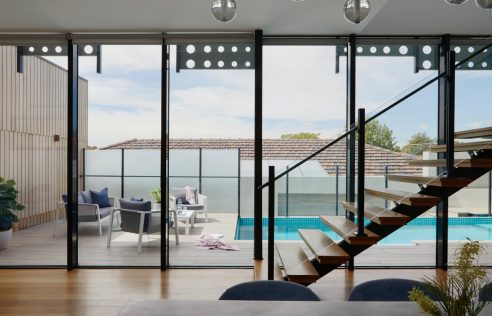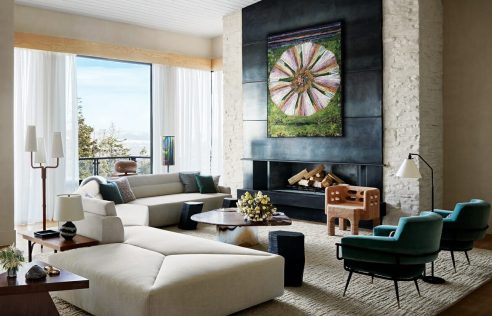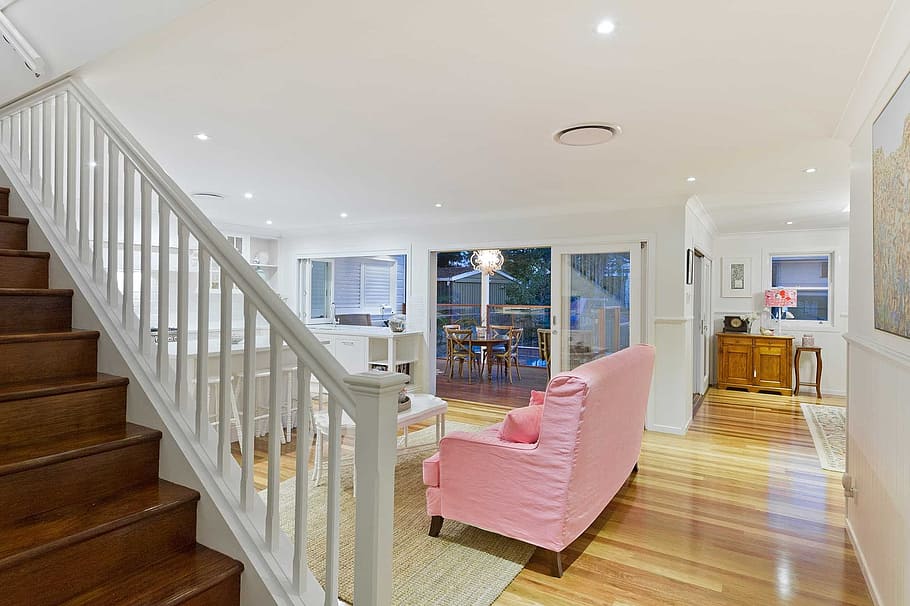Every now and then, we want to show off the beauty of our house to people who would love it. It’s not done in a way to make the other person jealous but to show our hard work in decorating something we love and gain appreciation from them. Decorating tips and basic design principles to follow when adding accessories to a room.
Identify the focal point of the room. It could be the major piece of furniture in the room or an architectural element in the room like a fireplace.
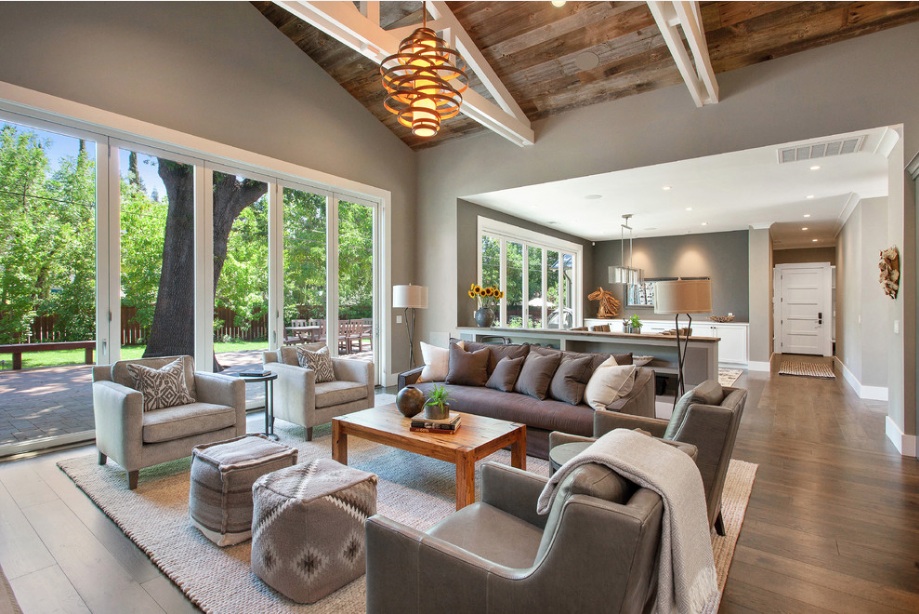
It is usually the first thing that dominates when entering the room. Dress it up to capture the feeling of the room.
For example if the focal point of the room is the fireplace, the mantel could be accented with a painting hanging above it and something tall like a vase on one side and a shorter bowl or sculpture on the other.
If the focal point is the bed, dress it with beautiful bedding, or with a sofa, you can accent it with pillows with loop or brush fringe and a glamorous throw.
The windows of the room could be focal with beautiful treatments that supports the style of the space.
After establishing and playing up the focal point, anchor the main area of activity with an area rug that will also define the space.
Area rugs should be thought of as accessories since they provide an excellent opportunity to add warmth and embellish an area with color, texture and pattern. They also can establish a style that your other accessories can support.
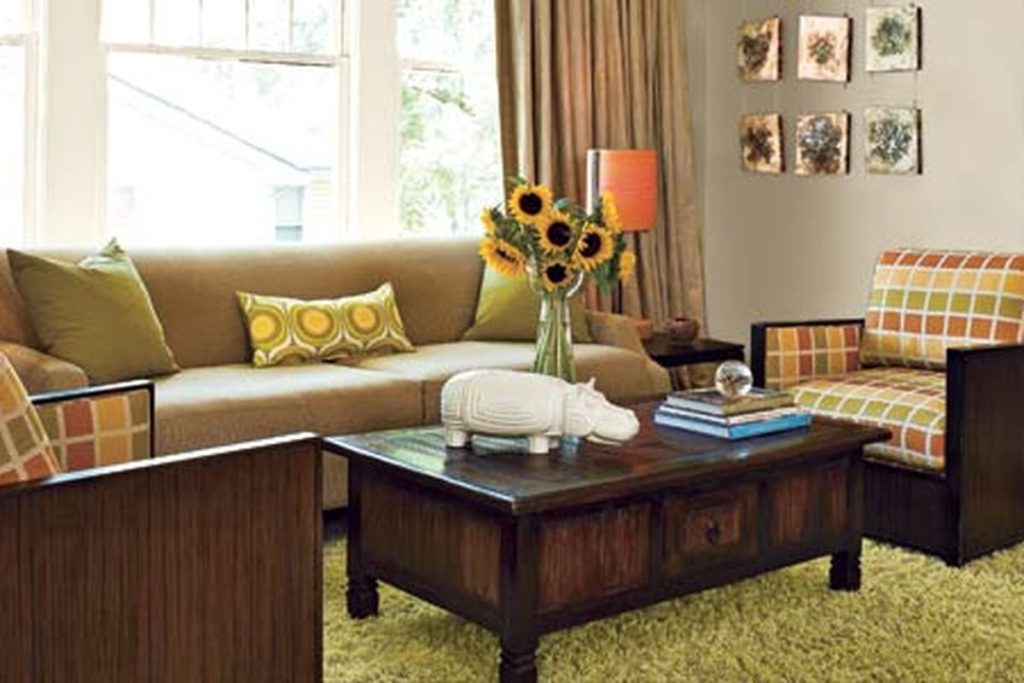
Area rugs can be used to define seating arrangements or to differentiate and separate areas of a large room. And the best part? They can be changed and easily moved within the same room, or to other areas of the home. Try them on an angle to open the room up.
After the focal point has been established and the rug in place, add more interest to the room with other accessories but keep your displays simple to avoid a cluttered result.
Emphasize and create interest to certain areas in the room by being purposeful with your accessories. Accessories should balance with each other and the other elements in the room.
Wide with Wide, Tall with Tall, and Narrow with Narrow are easy decorating tips to remember for the scale, weight and proportion of your accessories.
Fill your wide spaces with fat accessories, accent the narrow spaces with pieces that are thin, and fill up the tall areas with tall accessories or accessories that are layered for height.
For example when addressing a wide wall space use artwork that has wider frames, a tall narrow wall space between two windows calls for a tall and narrow piece. It could also be two smaller prints hung one on top of the other, or a wall corbel with a tall vase on it.
Leave breathing room around the items. This way the eye has a chance to process the display and you avoid having it appear cluttered.
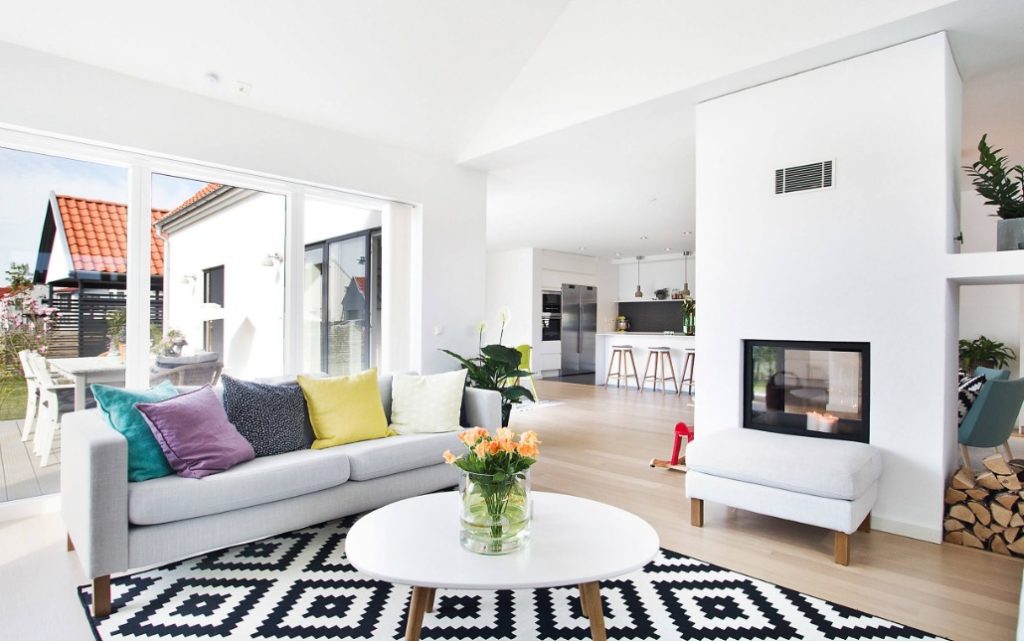
Other accessory decorating tips are to leave the chunky pieces together and the same goes for the more delicate items you may be using.
A pair of delicate figurines would go nicely on an antique sideboard of a delicate scale.
Each display should have its own focal point.
Add interest by using a variety of elements with different textures, shapes, colors and sizes and vary the heights for both wall and your table top displays.
Mix in horizontal shapes with vertical lines and throw in a round shape to balance all the right angles and squares.
Decorating tips for accessory groups, is to use like items together. Don’t spread out your collection, instead create more impact by using an odd number of items in small clusters.
Groups of three works well but in formal settings where symmetry is an important factor using pairs is more effective.
Plants are some great calming accessories to add to your interior. They are cost effective and bring a bit of the outdoors in. They also help to clean the air and they can sometimes add a subtle fragrance.
Even authentic looking artificial plants can beautify a space and provide relative calm to a room. Look for artificial plants that have quality leaves and stems and invest in the best quality your budget allows.
Place tall plants behind sofas, chairs and tables to create a sense of depth. Situate a tree in a corner and smaller plants for on the top of wall units, armoires and on shelves for texture.
Fragrance is one area of a room design that is sometimes overlooked but adds a great deal to the overall mood of the room.
Candles are an inviting way to perfume the air and decorating tips for factoring fragrance into your space. As well as room diffusers, and essential oil rings you place around a light bulb.
Accessories make your home beautiful but avoid using too much.
It is easy to start gathering these wonderful home jewels and wind up with too much of a good thing. Keep it simple and start small in an area you feel needs a new look and use what is meaningful to you.
